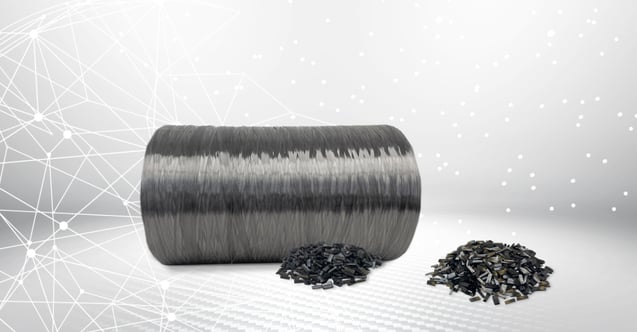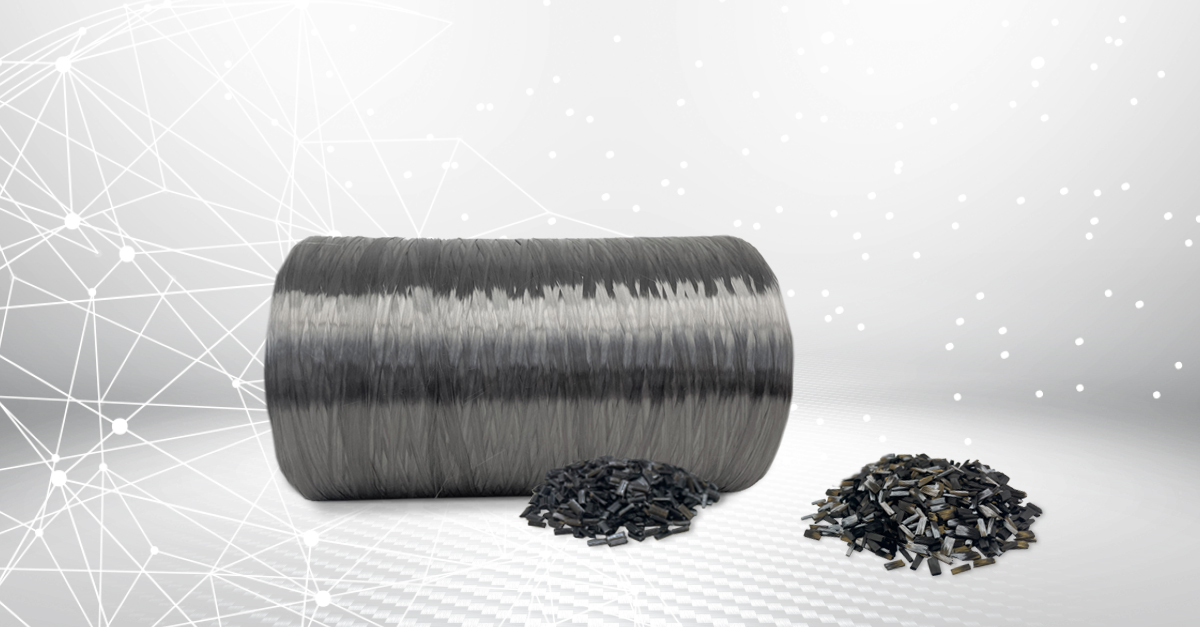Carbon fibers: Of small differences and big effects in the compound.

Lighter than aluminum and stronger than steel. Impressively stiff and unyielding - even when exposed to extreme heat/cold - and at the same time friendly to any mating partners in tribological applications. Already more than 50 years old and, thanks to tailor-made compounding, always in perfect shape for innovations in terms of performance. This characterizes the carbon fiber, or rather the carbon fibers - because, after all, there is more than one.
The following applies to all carbon fibers: once you have switched to them, nothing else comes into question - the "tone" also makes the "music" here. Translated into the language of reinforced thermoplastics: compounding with carbon fibers has a major impact on the very special properties of the resulting carbon fiber compounds: strength - stiffness - electrical conductivity and weight.
LEHVOSS compounding focuses on:
- two (isotropic/anisotropic) HT (high tenacity) fiber types, and
- the LUVOCOM XCF technology (extra carbon fiber compounds) offered as a separate LEHVOSS product line.
Characteristics of HT fibers are:
- Treatment temperatures between 2192- and 2552-degrees Fahrenheit,
- Tensile strengths of up to 4500 Mega-Pascal as well as
- a Young's modulus of up to 240 Giga-Pascal.
Characteristics of LEHVOSS extra carbon fibers based on an aromatic polyamide are as a result:
- Tensile strengths of up to 425 Mega-Pascal,
- a modulus of elasticity of up to 45 Giga-Pascal and
- Weight savings of up to 30 percent.
LUVOCOM XCF compounds also exhibit low thermal expansion, improved thermal conductivity and high dimensional stability. They thus open up even more possibilities for replacing metals and composites in components that are subject to particularly high mechanical requirements.
Only the demand-oriented compounding of carbon fibers ultimately hits the mark.
The small differences in the carbon fiber compounds are primarily expressed in:
- the stiffness or strength of the carbon fibers themselves,
- in their fiber length - (depending on whether the fibers are chopped (for isotropic properties) or milled (for anisotropic properties); and
- in their bonding quality (keyword: sizing) to the plastic.
The sizing plays a very important role: This surface coating of the carbon fiber is mainly responsible for the bonding/docking of the fiber to the polymer and the protection of the filaments against abrasion. Without optimum coating, even the supposedly most powerful carbon fiber is of no use - it simply cannot develop its properties in a targeted manner. It's like equipping a super sports car with narrow-gauge tires - the horsepower simply wouldn't reach the road adequately.
Carbon fiber sizing/sizing is the holy grail for any material developer.
The purely nominal performance values of a carbon fiber are therefore no guarantee that the compound will actually have the expected properties later on. In order to achieve verifiable and, above all, controllable, predictable effects in terms of strength, stiffness, electrical conductivity or weight - and thus to create essential prerequisites for a later product advantage - a certain magic is required above all on the part of the compounder. A mixture of a deep understanding of the fiber classes, their differences and mechanisms of action on the one hand, and a profound technical understanding of the market and a high level of penetration in the supplier market on the other. Only in this way can a material developer or compounder achieve the desired maximization of properties in their effect and control the compounding in such a way that the performance of the selected carbon fibers is fully developed.
Conclusion: If you want to make it big with carbon fibers, you have to master even the smallest detail.
Particularly with high-performance polymers such as carbon fibers, it is important to always be in a position to align property profiles with the requirements of the designer in a controlled manner; to constantly redefine what is technically feasible - to push it to the limit without overstimulating it. The following applies: If you can, you can.
The LEHVOSS material developers prove this both in a large number of products that are already being mass-produced here and now, as well as in pure muscle games - material developments with which LEHVOSS sets benchmarks: With strength values up to 425 Mega- Pascal and stiffness values with up to 55 Giga-Pascal. With all due restraint, which is characteristic of us northern Germans - these are the world's most powerful properties that a carbon fiber compound can have.
